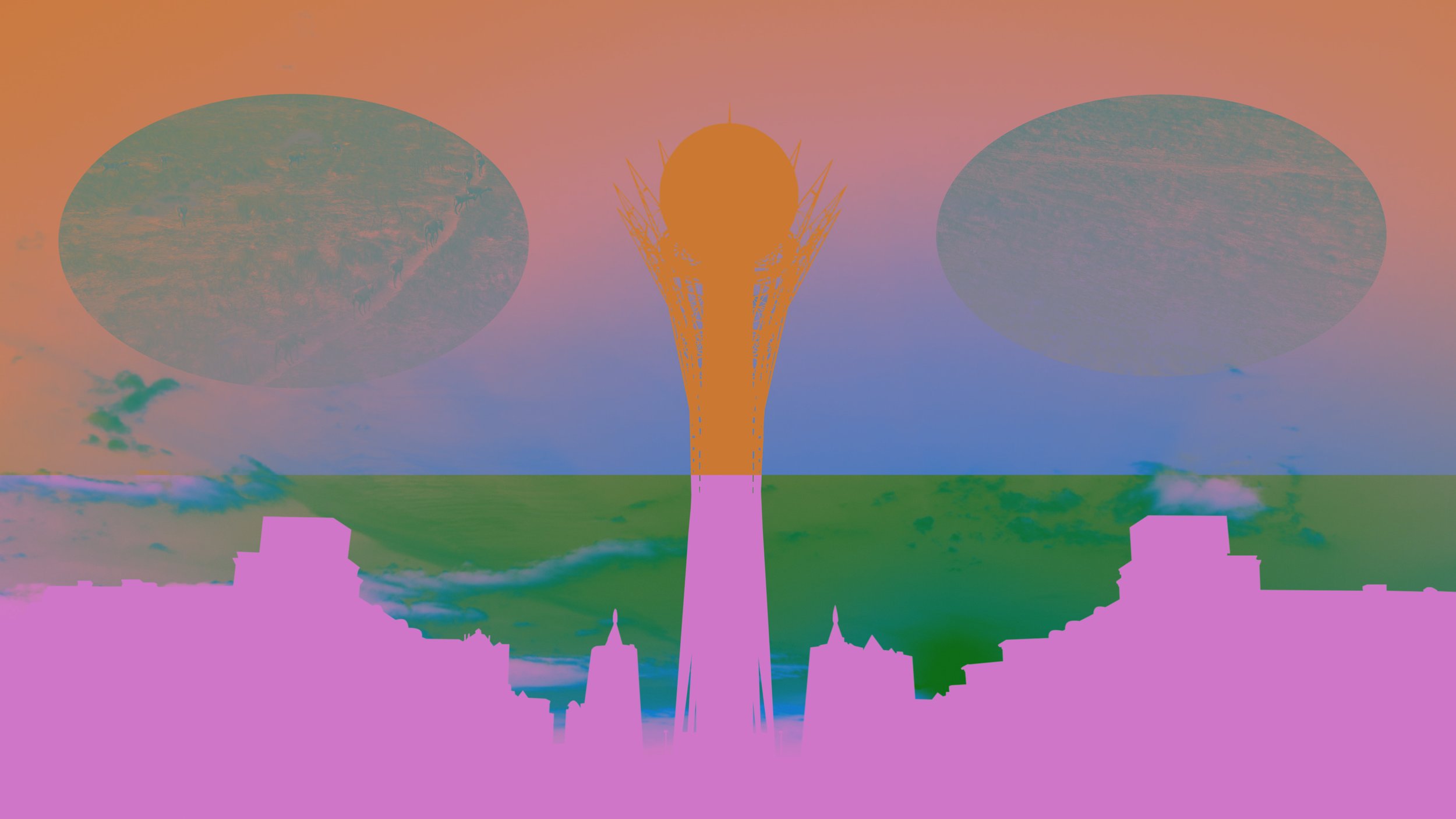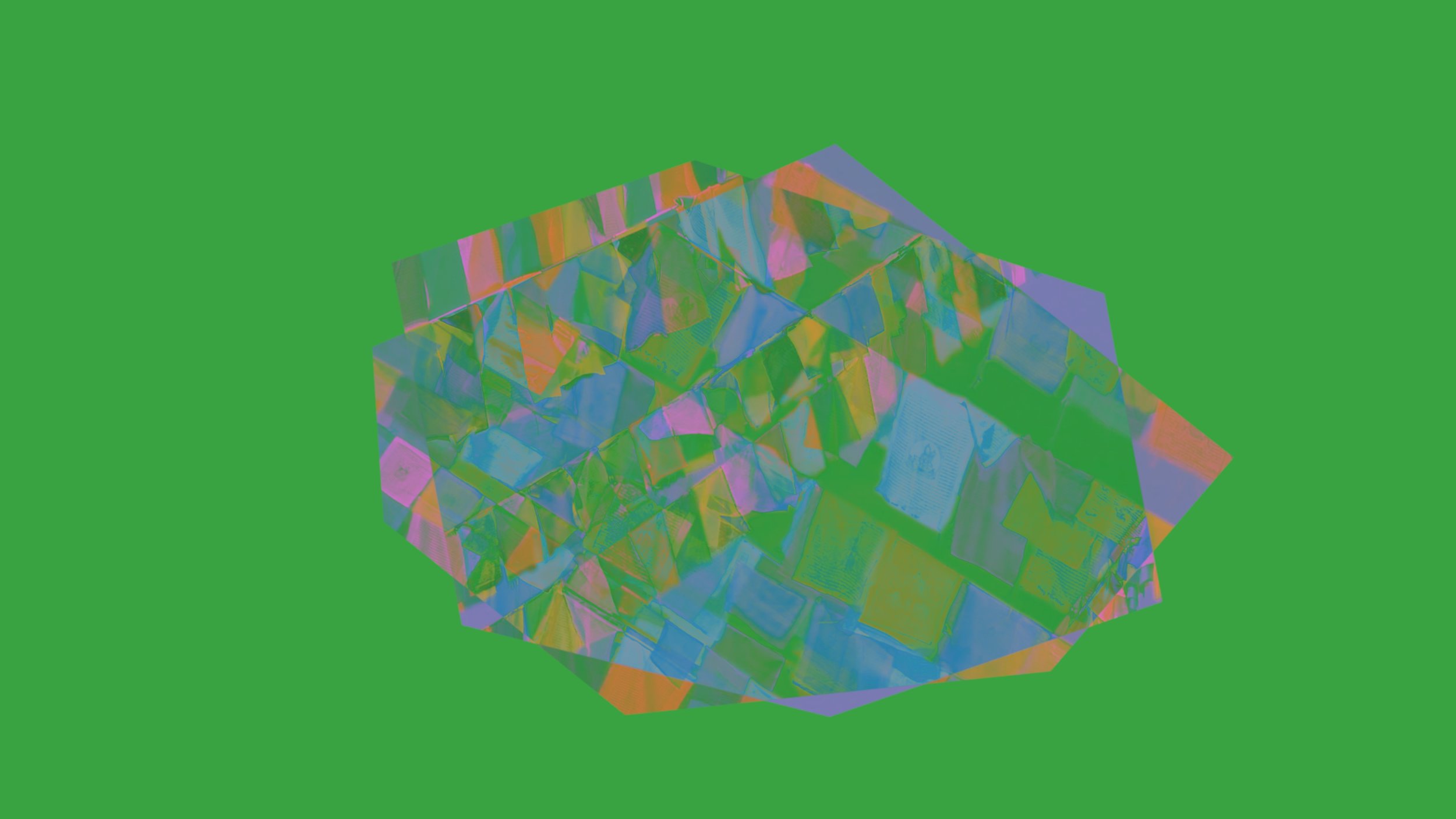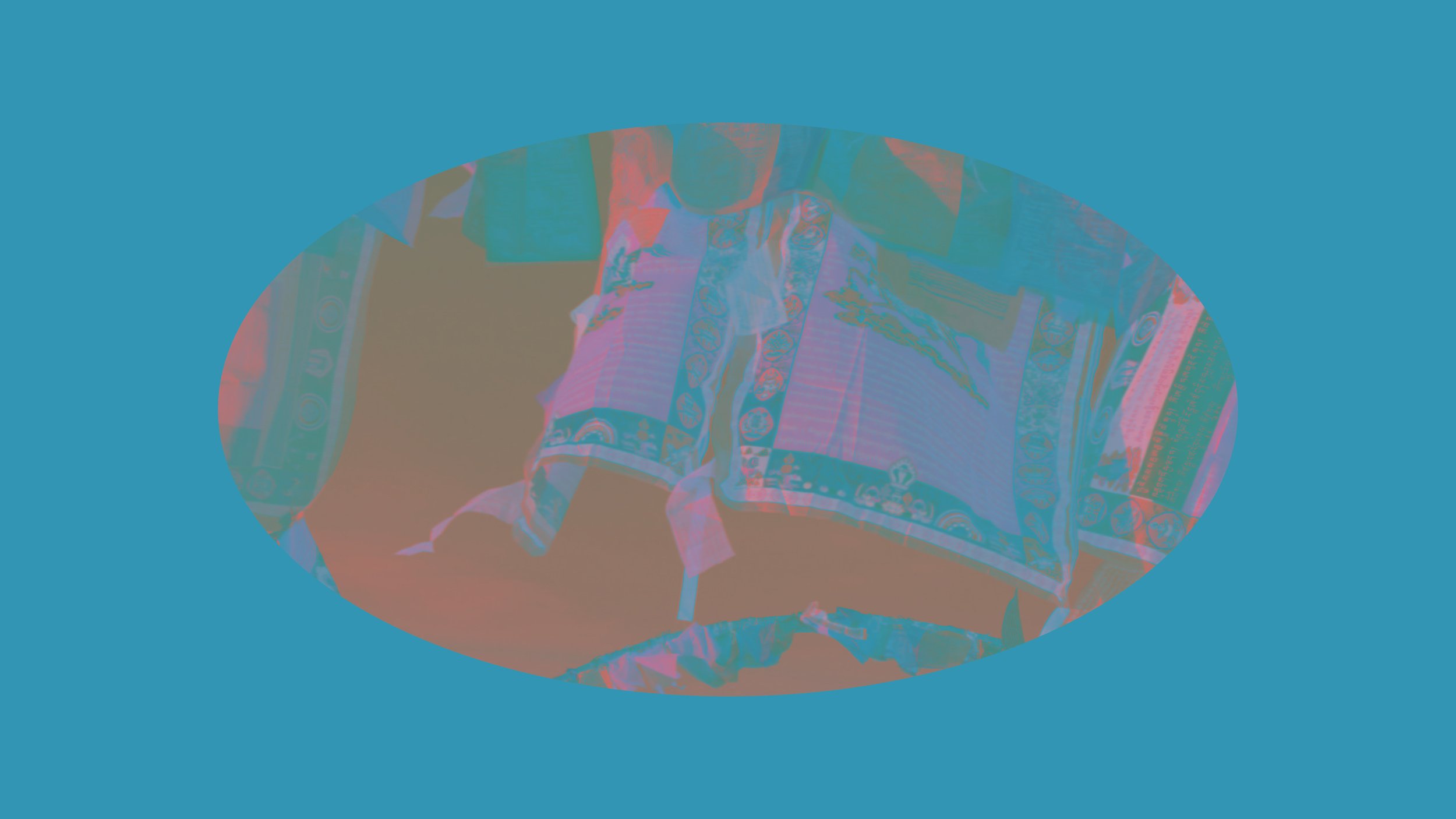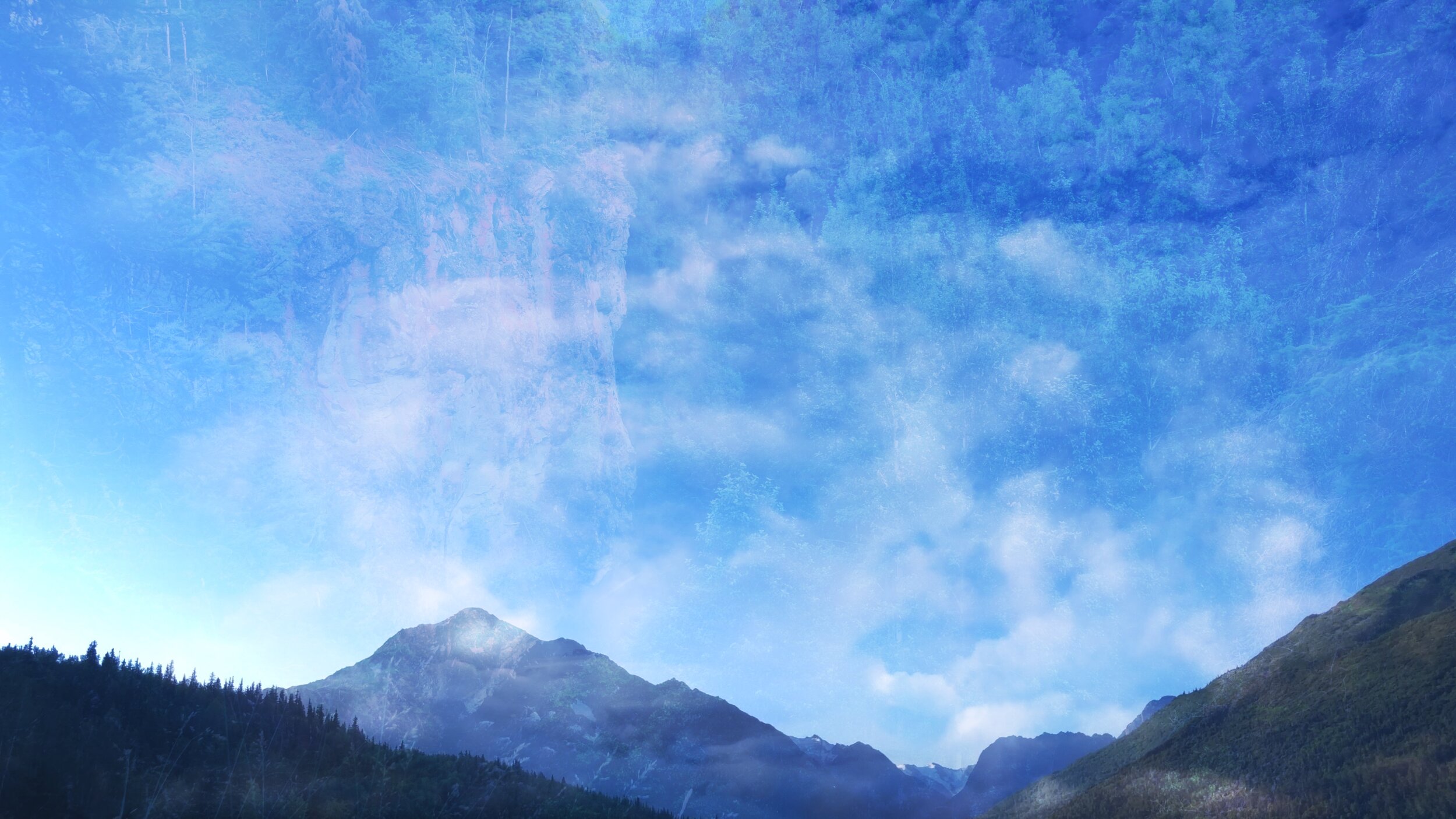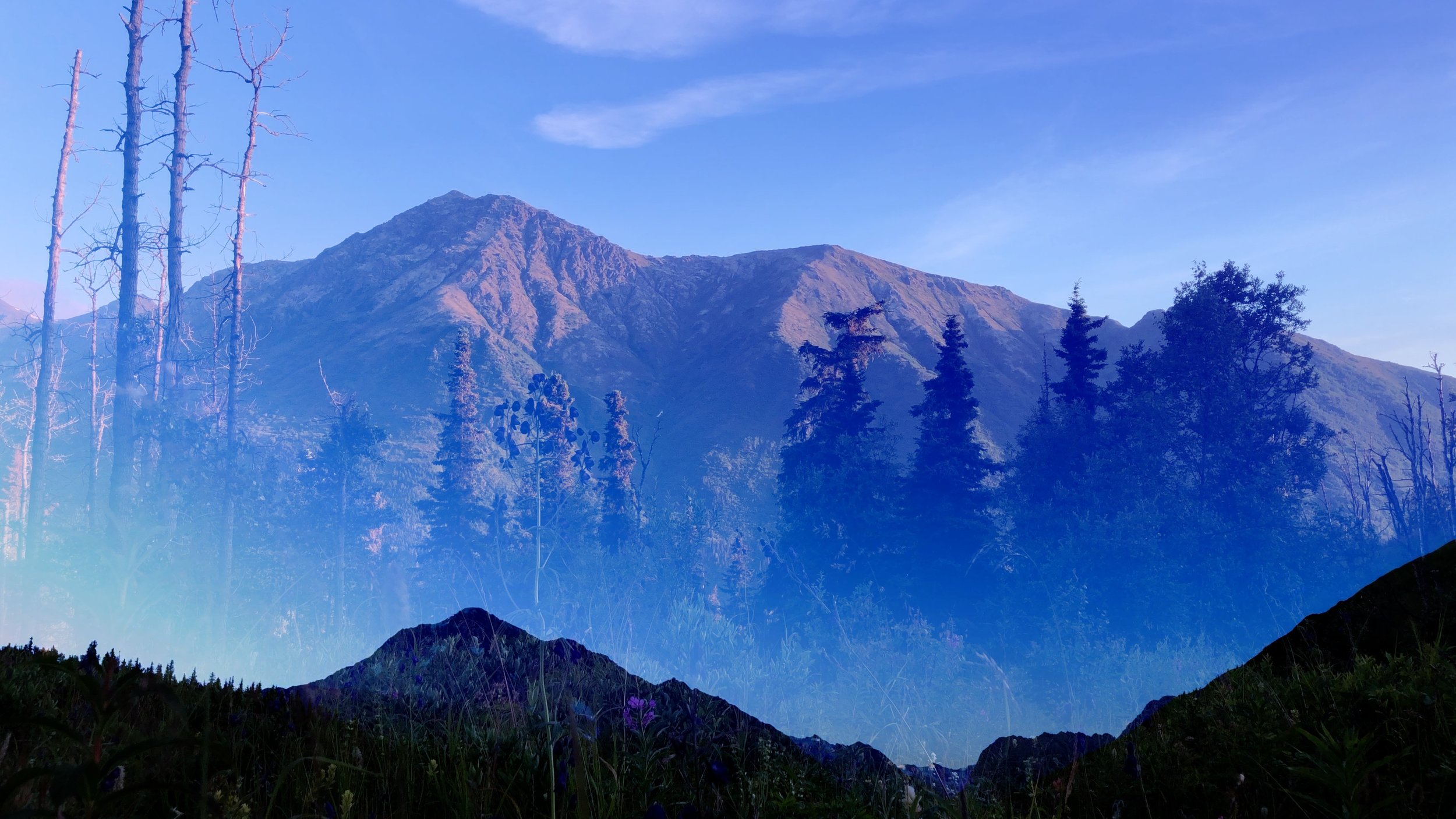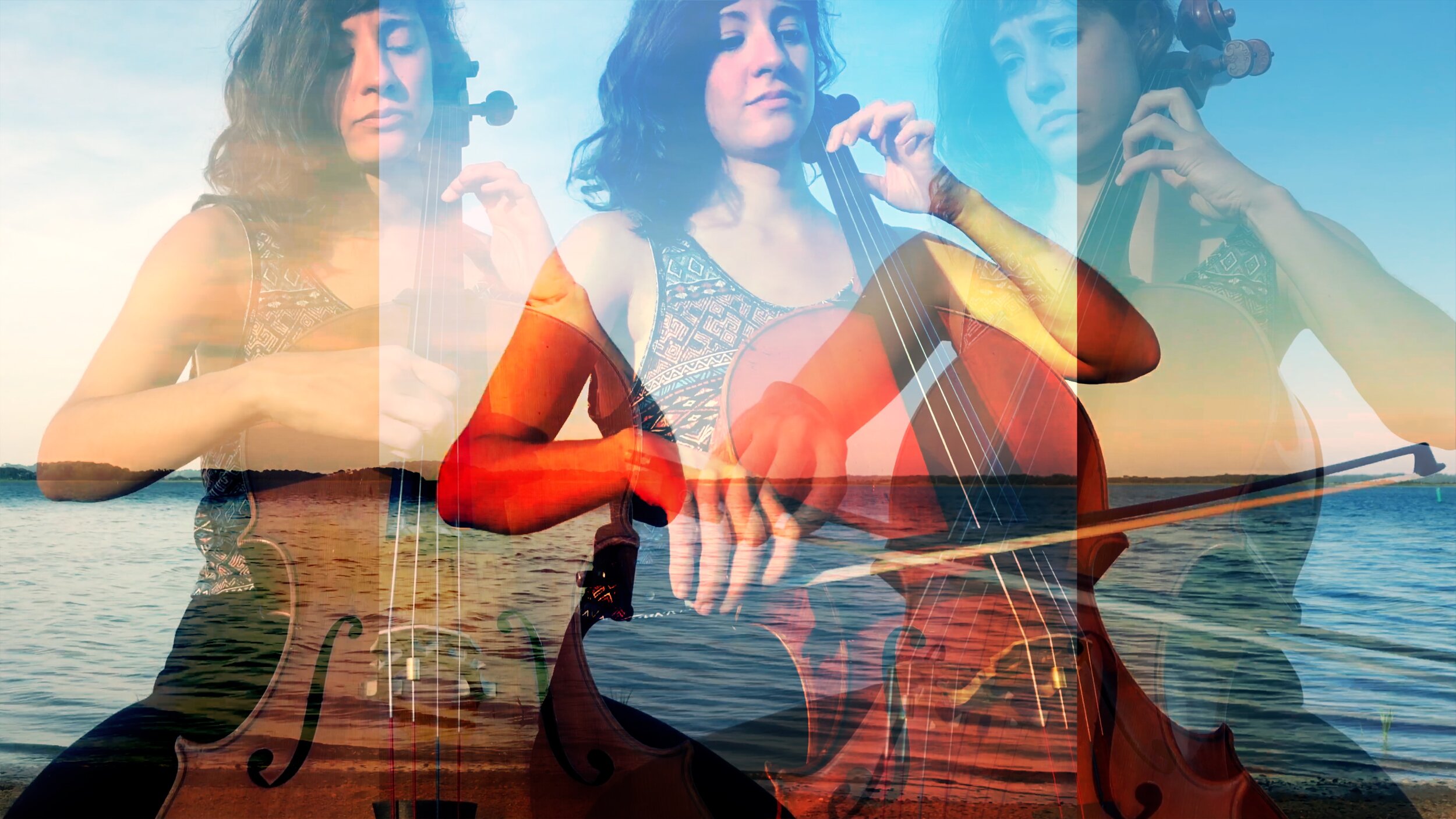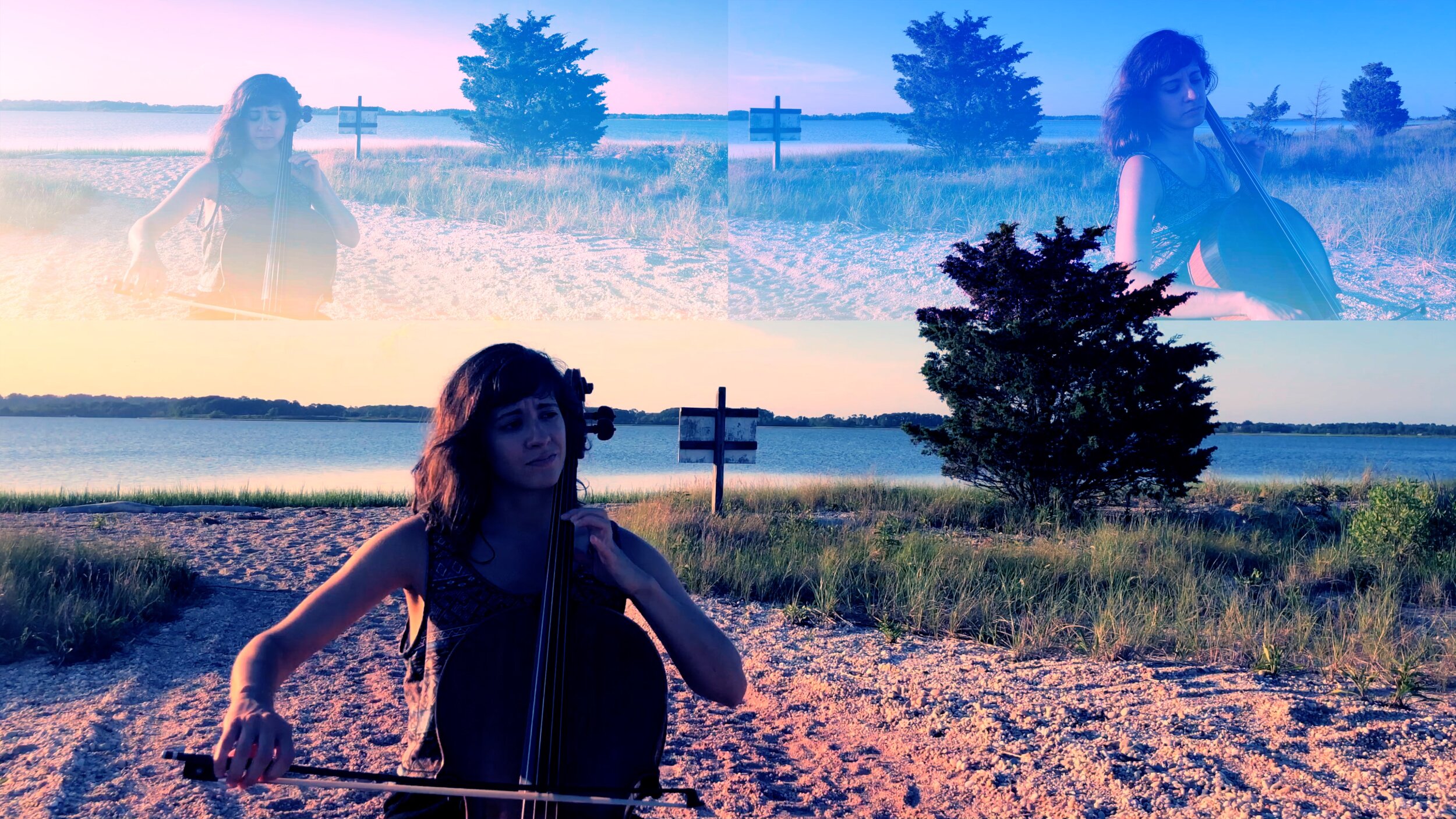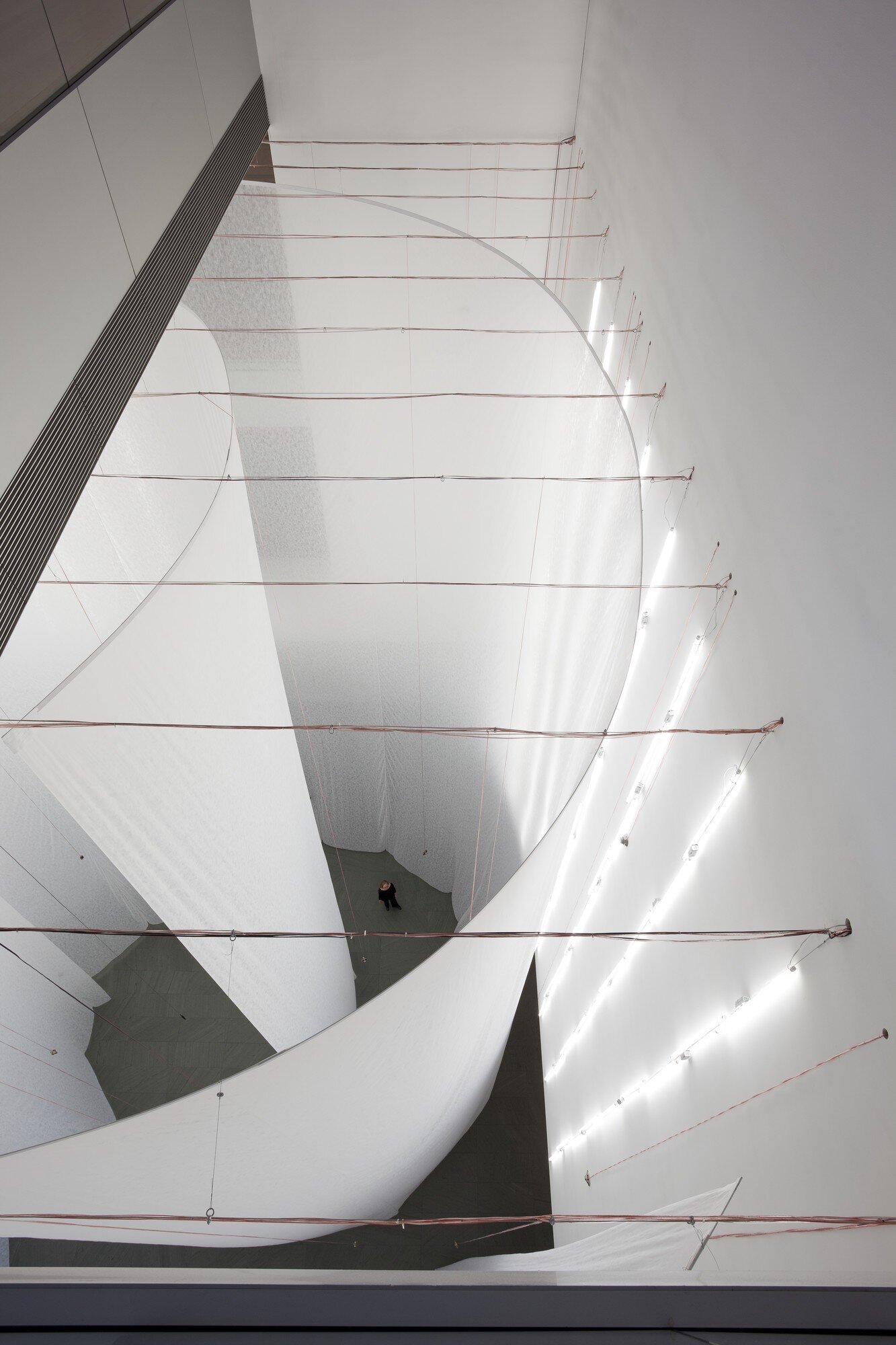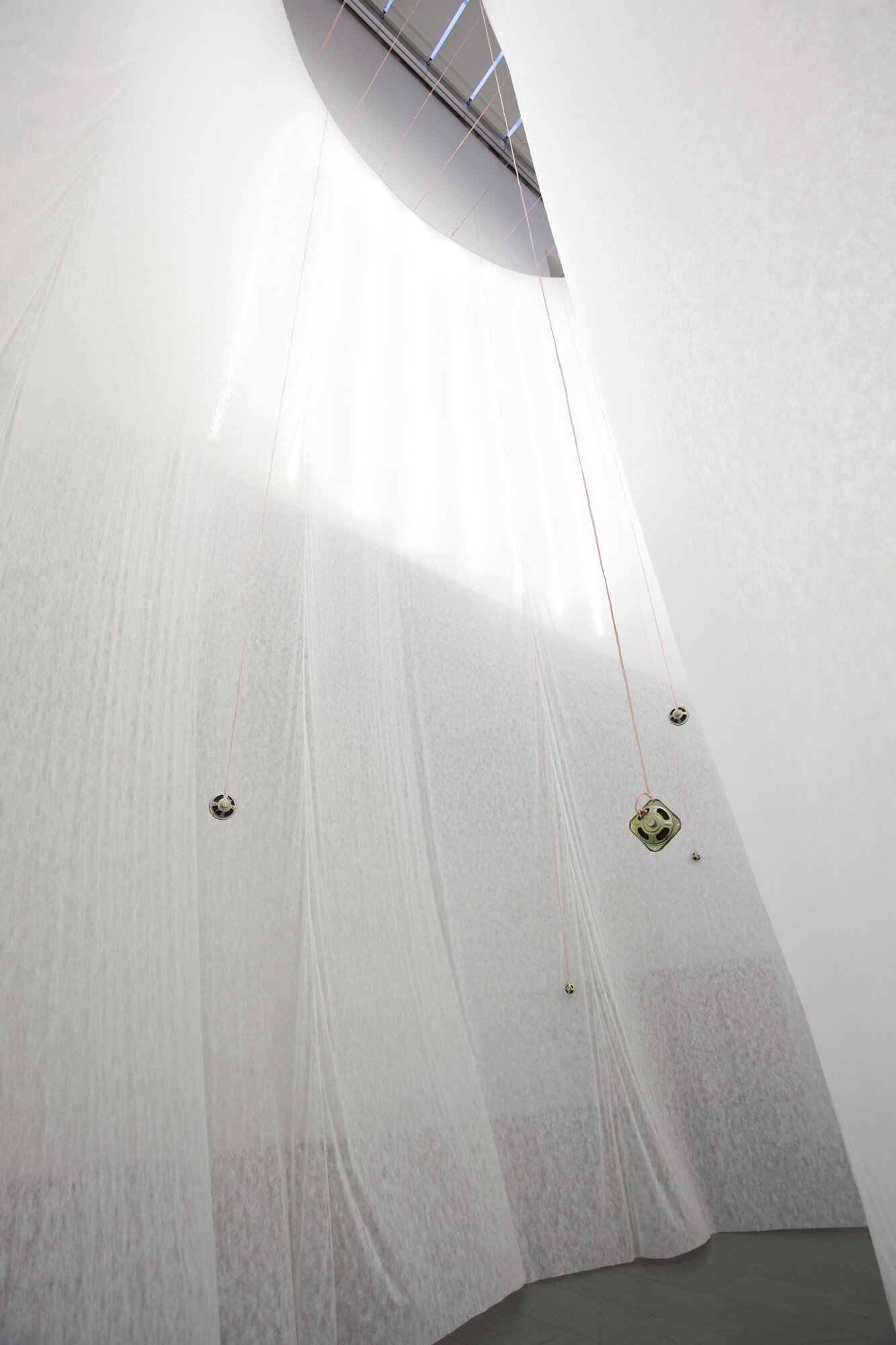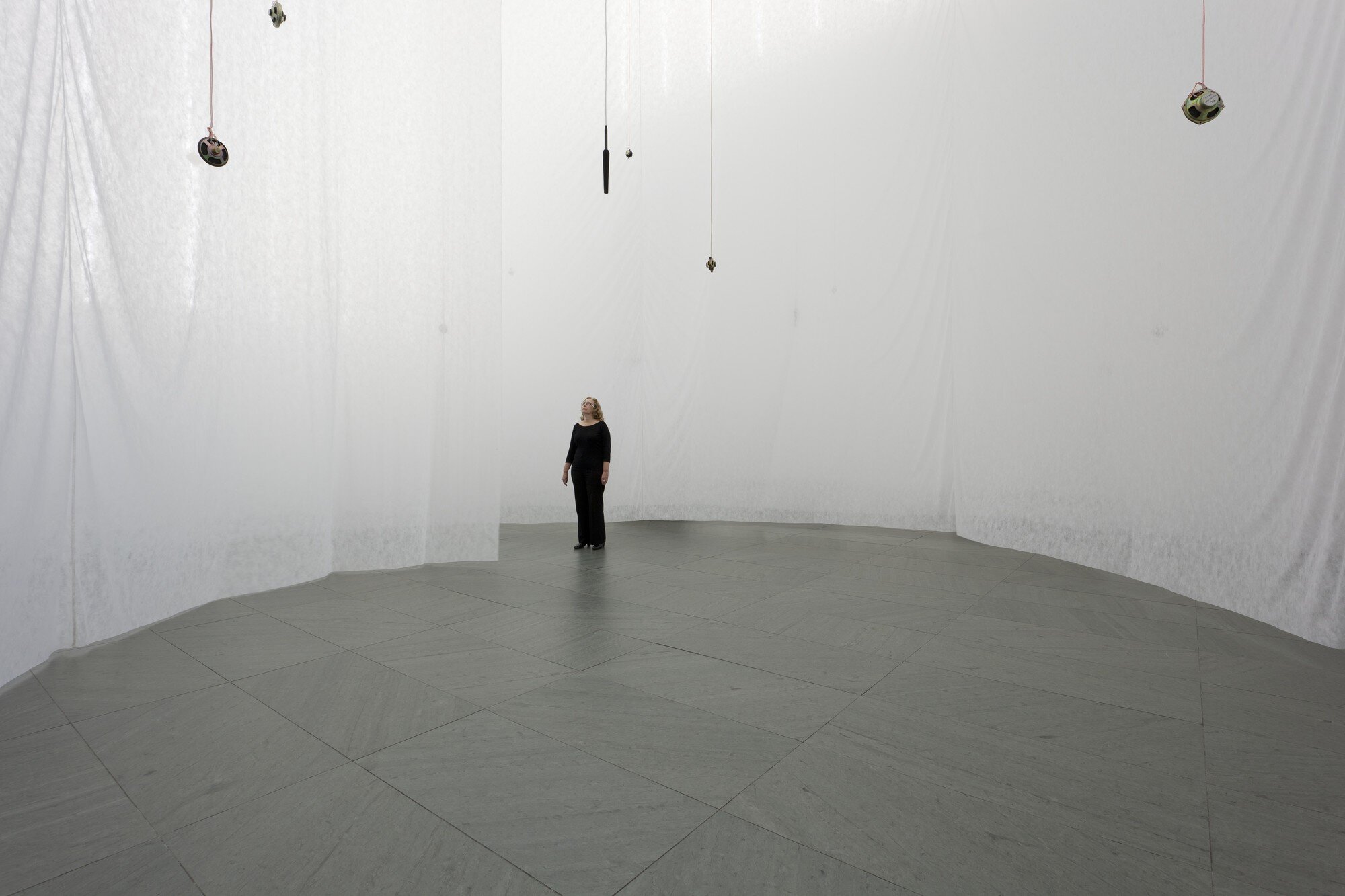2 Hours in Zadar (2022/24)
Video and music: David Crowell
Color and Editing: David Crowell
Videography: Toni Mijac
Performed by eco|tonal (Iva Casián Lakoš and David Crowell)
From my new album Point / Cloud on Better Company Records.
Point / Cloud (II) (2018/24)
Video and music: David Crowell
Dan Lippel: guitars
From my new album Point / Cloud, out 5/3/24 on Better Company Records.
Saiga (2018/22)
Video and music: David Crowell
John Tyree: percussion
David Crowell: electronics
Notes:
The primary vocal sample in Saiga is a Buddhist recitation of prayer recorded outside the Jokhang Temple in Lhasa, Tibet, while the children’s voices were captured at an outdoor summer festival in Japan. Both samples share a dedication to the moment, from the spiritual searching of the chanting monks to the exuberant, rambunctious sounds of kids playing and shouting. The two samples are edited to weave in and out of the composed music, speaking at the same time or in response to the other. This communal, conversational quality breaks apart in the second section of the piece, with the voices reimagined in a dream world of vibraphone bell sounds and synthesizers.
The video builds on the excitement of the music, combining footage of galloping saiga on the Steppes of Central Asia with abstract images and bright, fast changing colors. The sections of humor and playfulness represent the children in their dialogue with the monks, while the second half of the video slows down its visual pace, focusing on subtler shifts of image and color and exuding a sense of calm more commonly associated with meditational states.
*Footage licensed through Envato Elements
Eklutna (2020/21)
Film, music, and production: David Crowell
Performed by eco|tonal:
Iva Casian-Lakoš - cello + voice
David Crowell - electric guitar + electronics + voice
Notes:
Eklutna is an audiovisual interpretation of a mountain region in southern Alaska, filmed at locations which have deep familial and individual meaning. It explores ecological interconnections between the sky, mountains, and sea. Snow from the mountains, including Mt. Eklutna, feeds the glacier that melts into Eklutna Lake, from which Eklutna River flows, cutting through and shaping Eklutna Gorge. Ultimately the river reaches the sea, and evaporation from the ocean creates clouds that drop snow on the peaks, completing the cycle.
The double exposure images in Eklutna represent these connections by visually layering different ecological zones, evoking the intense emotional connection engendered by the landscape. Eklutna is also influenced by a specific, powerful event – a temporary loss of ego – that I experienced while hiking near the peak of Mt. Eklutna several years ago. The resulting groundlessness was brief but jarring, and the music in the first section conveys this unsettled feeling with swirling electronics and fragments of vocals surrounding the two live performers. Visually, the dynamic light changes and unique colors of the North, further influenced by passing clouds, represent the truth of constant change and shifting perception.
Filming Eklutna was an adventure in and of itself, with spontaneous and planned trips to locations that involved significant hiking, climbing and mountain biking. One morning I was at Eklutna Lake by 6am to film a time lapse video of the sun rising above the mountains, gorgeous rays of light streaming in with progressive intensity, completely quiet except for the haunting calls of a loon couple echoing up and down 12 miles of water. My Dad accompanied me on almost all filming sessions, and served as first grip, artistic advisor, pest control supervisor, and most importantly of all, bear safety protocol manager! Both my Mom and Dad watched early versions of the video and offered perceptive comments which positively influenced the work. Eklutna is dedicated to them with love.
Land Acknowledgement:
Thanks to activism by the Dena’ina people of Eklutna, the circular flow of the environment described above has been partially restored through dam removal, and salmon have started returning to Eklutna River.
This work depicts and acknowledges the Dena’ina ełnena, the homeland of the Dena’ina people.
Luna (2020)
Film, music, and production: David Crowell
Cello, voice, and dance: Iva Casian-Lakoš
Luna exerts gravitational pull over the lapping polyrhythmic waves hitting its shore. Luna finds a meeting place for Baroque contrapuntal language and the hypnotic groove of Minimalism. Above all, Luna searches for beauty in the richest of all string instruments, the lyricism of the human voice projecting metaphorically, and at the end of the piece, literally.
In this video, filmed on the North Fork of Long Island from May-July 2020, overlaid images of forests and water create an immersive and unique visual hallucination. The contemplative first movement connects to the richness of Casian-Lakoš’ low register, exploring the link between the resonant wood of the cello and the forest surrounding her. Early in the second movement, an abrupt shift transitions from solid Earth to a beautiful but unstable water world, the waves a visual metaphor for the polyrhythmic motion of the music. This section climaxes both visually and musically as the complexity of the polyrhythms peak and the music courses through Casian-Lakoš' body and fingers simultaneously. The piece ends with a haunting melody for voice and cello, the ethereal environment rotating and breathing around Casian-Lakoš as she sings and plays.
Sum of Days
Carlito Carvalhosa
Museum of Modern Art, New York City
Music and Solo performance: David Crowell
From the Museum of Modern Art:
“Sum of Days, an environmental and participatory installation by the Brazilian artist Carlito Carvalhosa (born 1961), is a complex, elliptical network of pathways through a structure of translucent white fabric. This engaging structure in the Marron Atrium, and the experience of immersion it creates, evoke a heightened perception of the surrounding space. A system of microphones hang at various heights and record ambient noise; each day’s sound is combined with the previous days’ recordings and played back through several speakers inside the structure. As each new layer of audio is added, the oldest noises gradually diminish into whispers, part of an auditory condensation that builds up throughout the duration of the exhibition. As its title suggests, Sum of Days thus constitutes a layering of time—an immaterial auditory record of the sound inherent in everyday experience.
Musical performances, each sixty to ninety minutes long, take place weekly in the installation between September 8 and November 10. The performers are Lisa Bielawa, David Crowell, Jon Gibson, Philip Glass, Carla Kihlstedt, Michael Riesman, Mick Rossi, and Andrew Sterman.”
Photos by Jonathan Muzikar
Notes:
Eucalyptus, an extended work for alto saxophones + electronics, translated Sum of Days’ additive concept by gradually building and phasing short cells at different tempi. The resulting sound collage of overtones and heterophonic melodic lines reverberated expansively throughout the MoMA’s six-story atrium, sonically enveloping the viewer and responding to Carvalhosa’s vision for a “heightened perception of the surrounding space.” As the participants circled to the center of the ellipses, where the performances took place, they were progressively absorbed by the singular atmosphere of the environment.
Eucalyptus excerpt:
Celestial Sphere
Music: David Crowell
Marimba: Ian Rosenbaum
Video: Michael McQuilken
Notes:
Celestial Sphere is an astronomical concept of observation which arranges objects around a vantage point, regardless of distance. This concept had resonance for me as I was composing the music, with the ears as celestial observer and the stereo field representing the various pinpoints of sound in the sky. Particularly in the first section (approximately the first 6 minutes of the piece), the listener feels they are in the middle of the music as parts swirl around them; at first in the far Left/Right speakers, and then with additional parts entering closer to the center of the panning spectrum. A full auditory sphere envelopes the ears, and the music feels strongly three dimensional. Adding to this spherical effect, each part is performed at multiple tempi. Since they move at two different (although closely related) tempos, the faster eventually laps the slower, like a faster runner would a slower runner at the track.
Celestial Sphere was commissioned by a consortium of 12 percussionists, organized by Ian David Rosenbaum. He presented the initial premiere on the People Inside Electronics Series at The Monk Space in Los Angeles in November 2013.
Point Reyes (Marimba Version)
Music: David Crowell
Arrangement for Marimbas: Victor Caccese
Performance: Sandbox Percussion
Audio & Video Production: Four Ten Media
